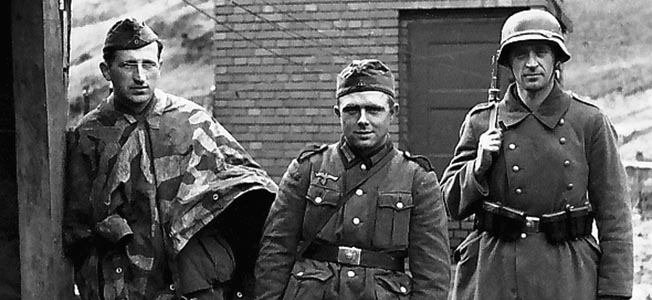
WWII
The History of Third Reich Uniforms
By G. Paul GarsonThe evolution of Third Reich uniforms followed from a long history of European uniforms in general and Imperial German uniforms in particular. Read more
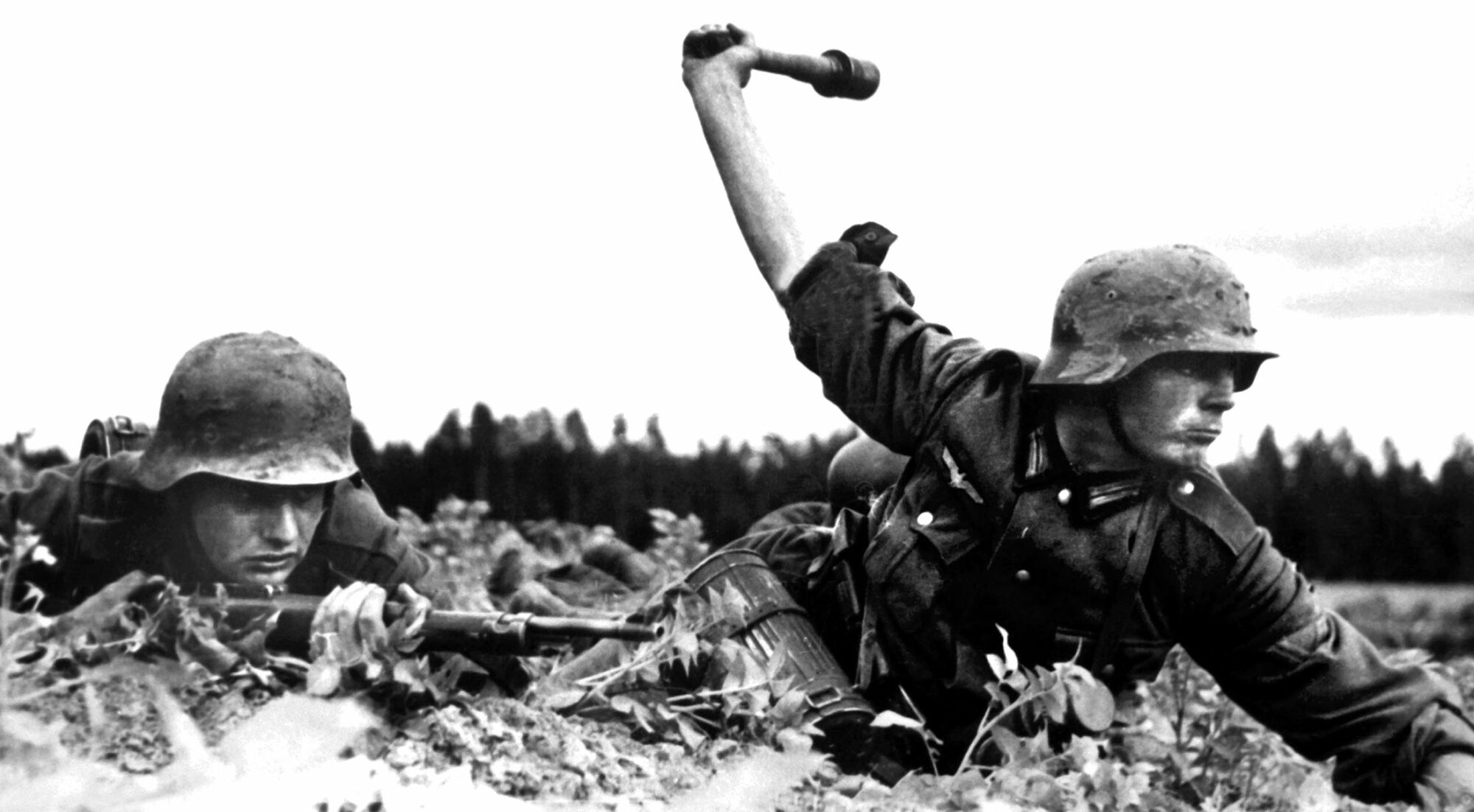

WWII
The evolution of Third Reich uniforms followed from a long history of European uniforms in general and Imperial German uniforms in particular. Read more
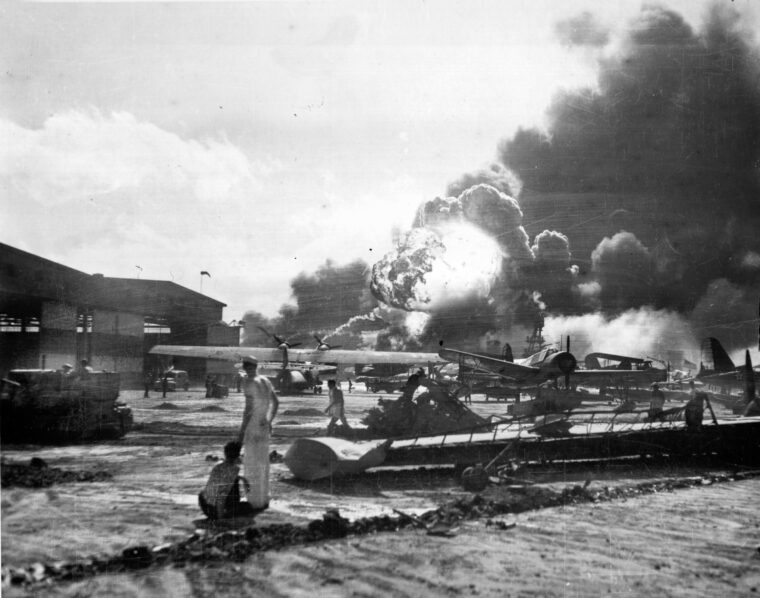
WWII
“You are probably the nearest to war that you’ll ever be without actually being in it,” said Commander Harold M. Read more
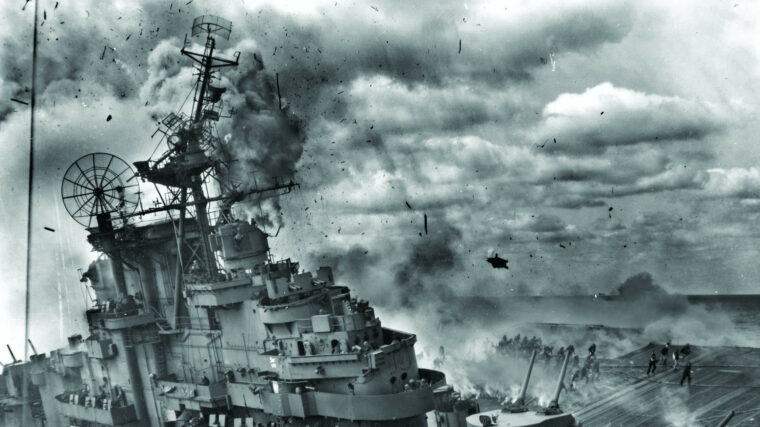
WWII
On March 19, 1945, the Essex-class carrier USS Franklin (CV-13), dubbed “Big Ben,” lay 50 miles off Honshu, one of Japan’s Home Islands. Read more
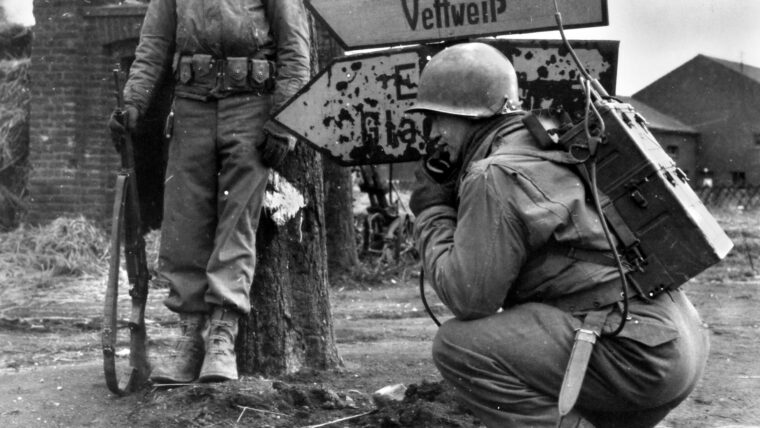
WWII
Early in 1945, in the Northern Appenine mountains of Italy, T/5 Harvey, a radioman with the 10th Mountain Division, is carrying his WW2 radio backpack, the ever-handy SCR-300, into combat for the first time. Read more
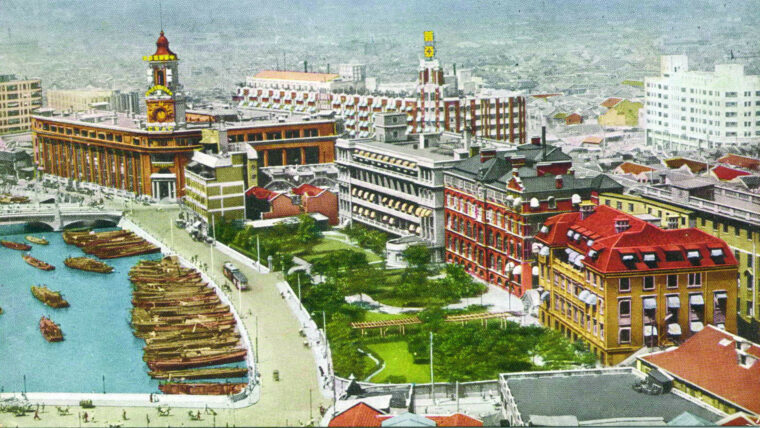
WWII
By the 1930s, Shanghai was already a legend in its own time––the most modern, populous, and decadent city in China. Read more
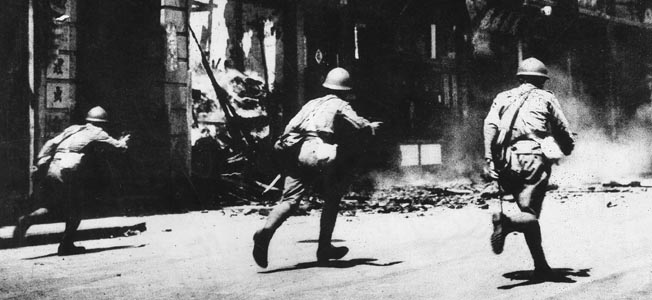
WWII
In Western countries, “military police” are associated in the public mind with keeping order among off-duty personnel, such as arresting drunken servicemen. Read more
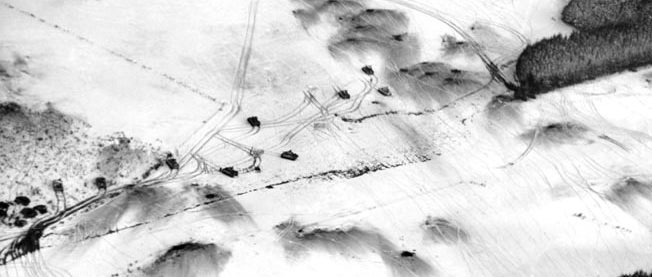
WWII
Nobody knew it in the 6th Armored Divisions 9th Armored Infantry Battalion, but the tide of the Battle of the Bulge had turned by the time the outfit moved into snow-covered fields and forests near Bastogne. Read more
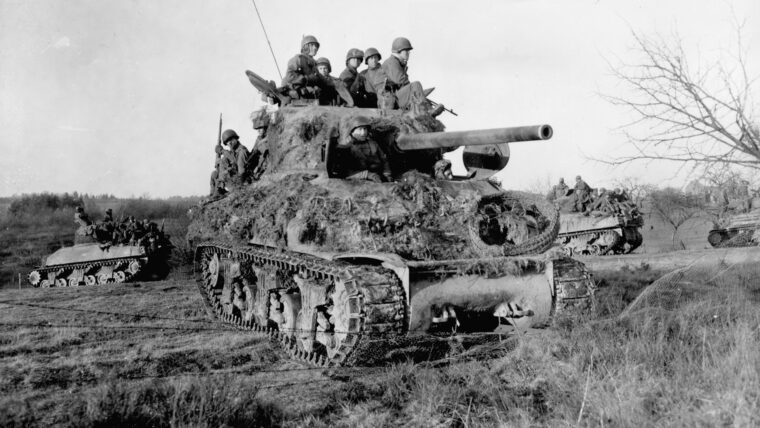
WWII
The Battle of the Bulge is famously known as the largest battle fought by the U.S. Army in World War II. Read more
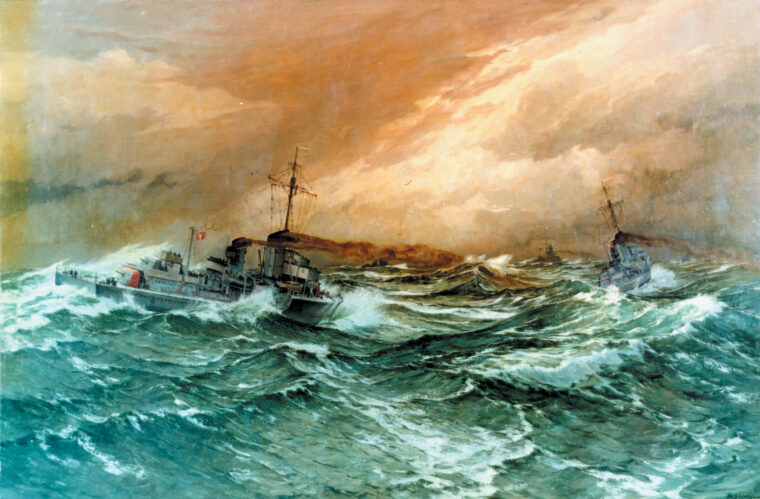
WWII
Operation Bolero, the marshaling of Allied forces for the planned 1944 invasion of Normandy, was in full swing by late 1943, and much of England had been turned into a great armed camp. Read more
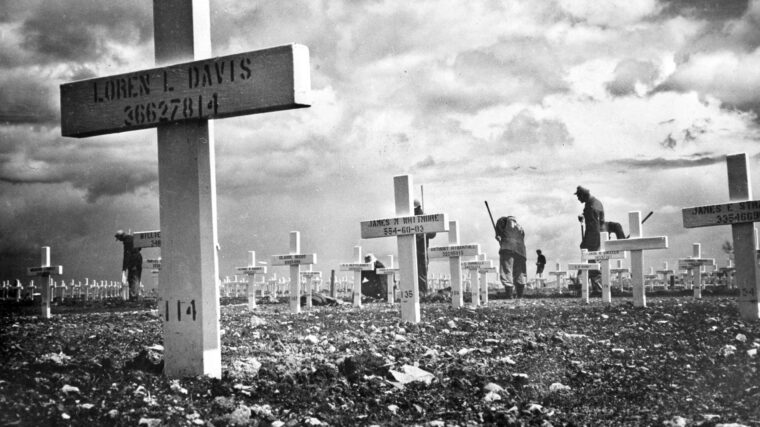
WWII
On June 6, 1945, two Stars & Stripes newspaper reporters traveled to Normandy with a mission: to photograph the effects of the year-old D-Day landings on the beaches, towns, and fields. Read more
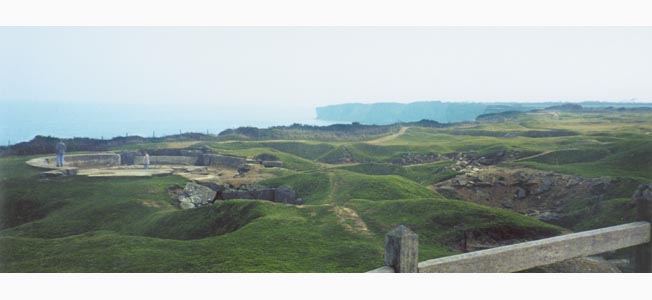
WWII
New technology has shaped the way we view our past. Breakthroughs in Computer Graphics, editing, and videography have allowed documentary filmmakers to present stories from different angles in order to enhance the viewer’s appreciation and understanding of a topic. Read more
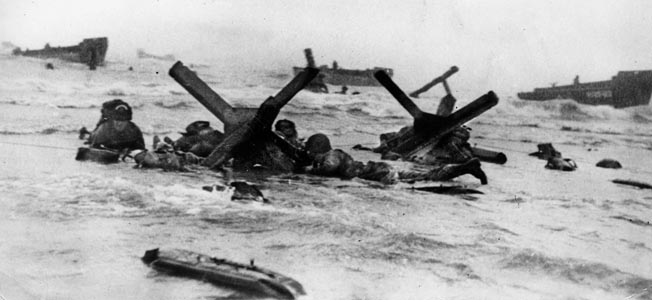
WWII
The invasion of Normandy was one of the most audacious military campaigns in history. Nearly three million Allied personnel would participate in or support the Normandy operations. Read more
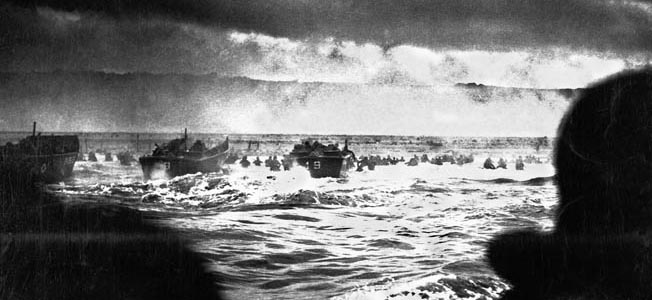
WWII
The largest amphibious invasion in history began on the night of June 5-6, with the roar of C-47 engines preparing to take off , and climaxed on the beaches of Normandy. Read more
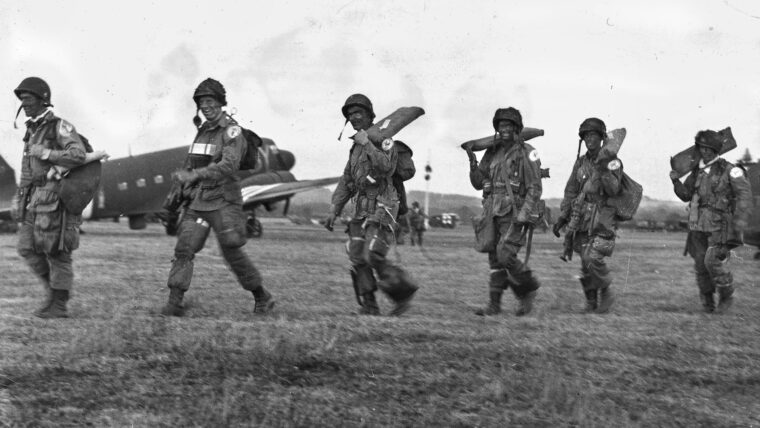
WWII
What was it like to be a WW2 paratrooper, parachuting into Normandy in the opening minutes of June 6, 1944—D-Day? Read more
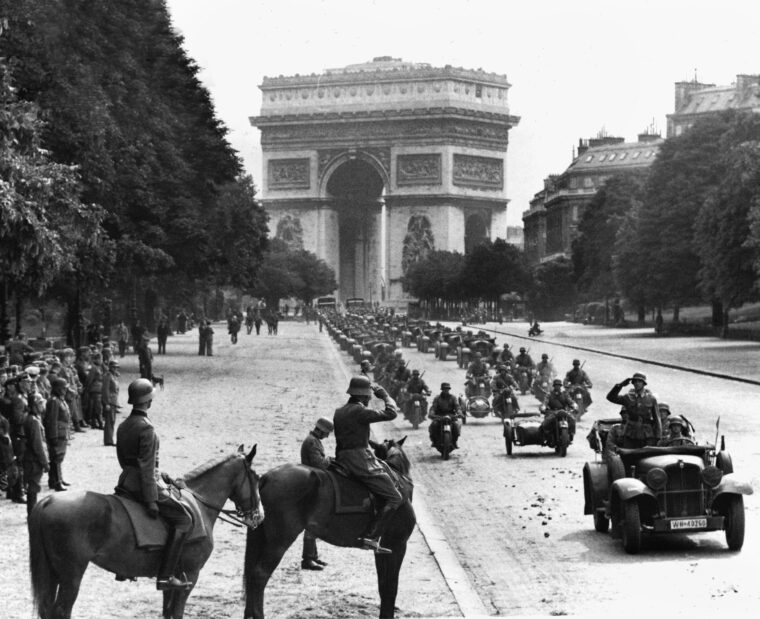
WWII
Early in June 1940, refugees from northern France and the low Countries who had flooded Paris in May fled with the residents of the city as the German advance neared. Read more
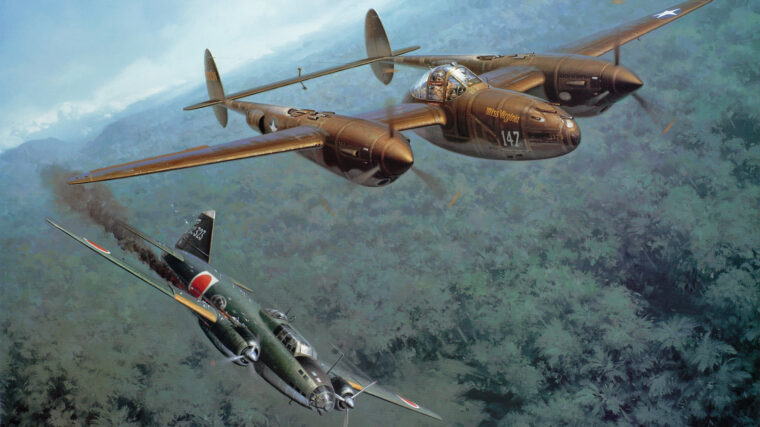
WWII
Admiral Isoroku Yamamoto, commander of the combined Fleet of the Imperial Japanese Navy, intended to press ahead with his morale-boosting visits to forward units in the South Pacific in April 1943, despite dire warnings from subordinates of possible enemy ambushes. Read more
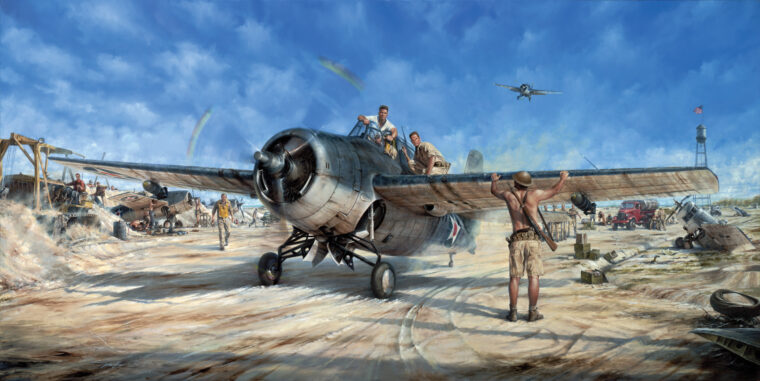
WWII
“All hands have behaved splendidly and held up in a manner in which the Marine Corps may well tell.” Read more
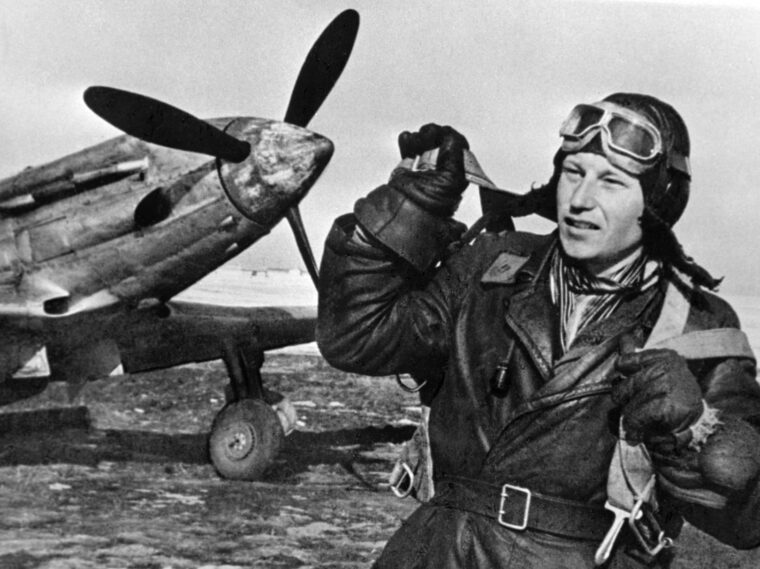
WWII
According to contemporary Soviet news sources, fighter Ace Alexander Pokryshkin was the most famous pilot in the Red Air Force during World War II. Read more
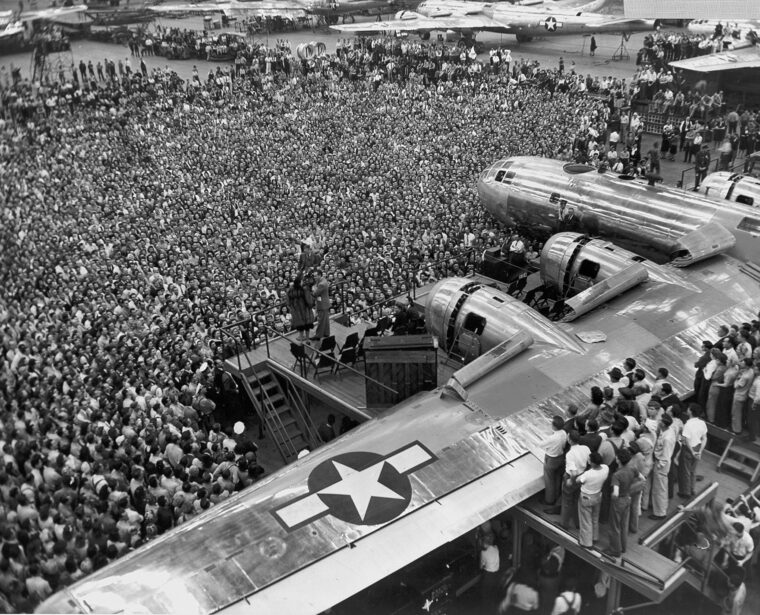
WWII
When Maj. Gen. Curtis Lemay, the hard-driving commander of the Twentieth U.S. Air Force based in Guam, decided to change tactics in early 1945 to boost the effectiveness of the B-29 Superfortress, it was the Bell Aircraft plant in Marietta, Georgia, that ultimately provided him with the stripped-down bombers that played such a key role in ending the war in the Pacific. Read more
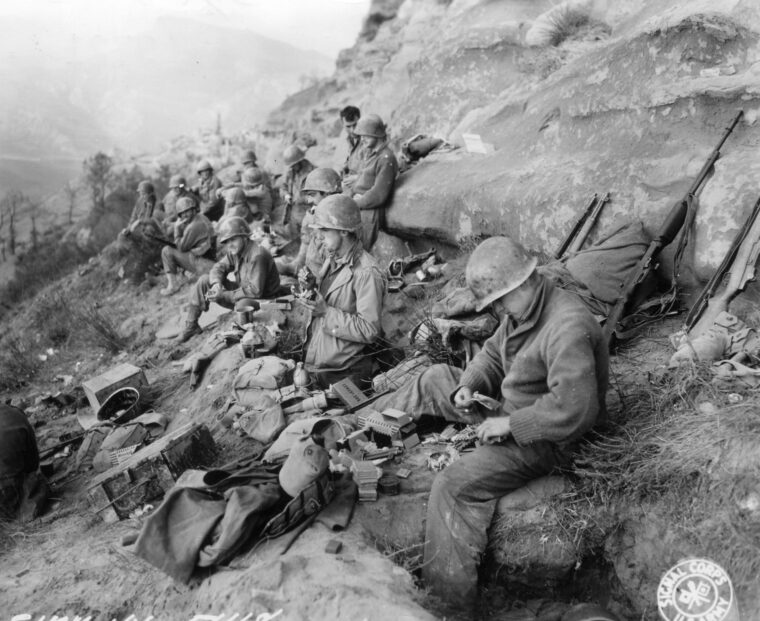
WWII
Far down on the list of important inventions essential to victory in World War II is a modest gadget built of stamped metal called the GI Pocket Can Opener—commonly known as the P-38 can opener—which was used by American troops in the field to sever the lids off combat rations. Read more